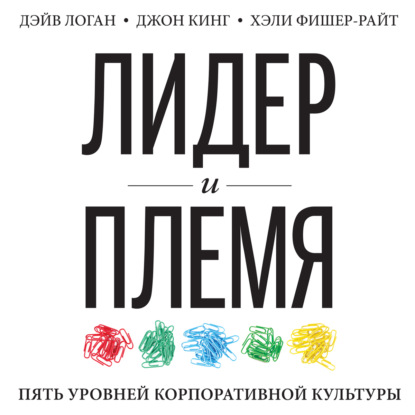Digital technologies permeate our lives. We use them to communicate, research, process, record, and for entertainment. They influence the way we interact in the world, the way we live. Digital technologies also offer the potential to transform the nature of the learning process in mathematics. The learning environment, the types of tasks learners can engage with, and the nature of that engagement differs from working in other environments. The Internet, for instance, presents greater scope for child-centered, inquiry-based learning. Dynamic geometry software and GoogleEarth offer interactive ways of exploring shape, position and space that is not possible with the pencil-and-paper medium. This book provides insights into how mathematical understanding emerged for primary-aged children (5-13 years) when they investigated mathematical tasks through digital media. It considers learning theories that are frequently used in mathematics education, and situates a contemporary interpretive approach within those perspectives. A key purpose was to provide some practical tasks for teachers/teacher educators to incorporate digital technologies into their mathematics programmes, tasks that have been used successfully for learning. This is a significant reference book for primary-school teacher education and a valuable resource for all schools teaching at that age. Это и многое другое вы найдете в книге Processing Mathematics Through Digital Technologies (Nigel Calder)
Processing Mathematics Through Digital Technologies Nigel Calder (книга)
Подробная информация о книге «Processing Mathematics Through Digital Technologies Nigel Calder». Сайт не предоставляет возможности читать онлайн или скачать бесплатно книгу «Processing Mathematics Through Digital Technologies Nigel Calder»















